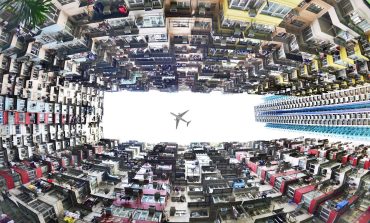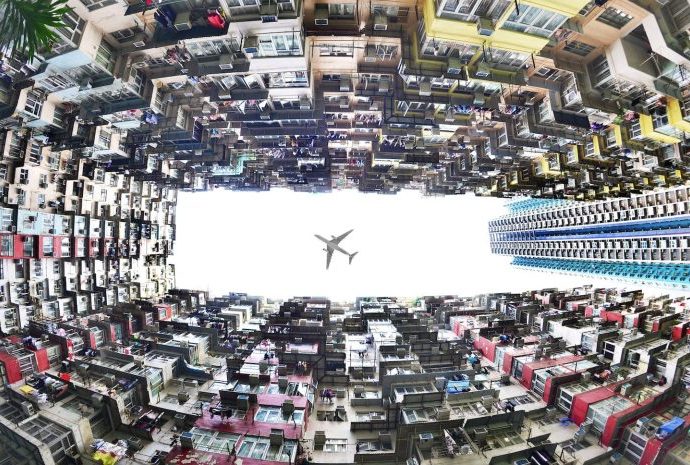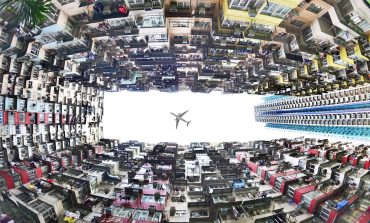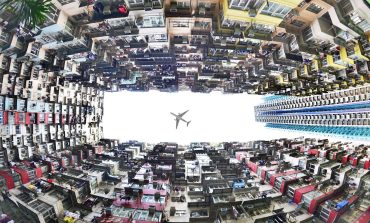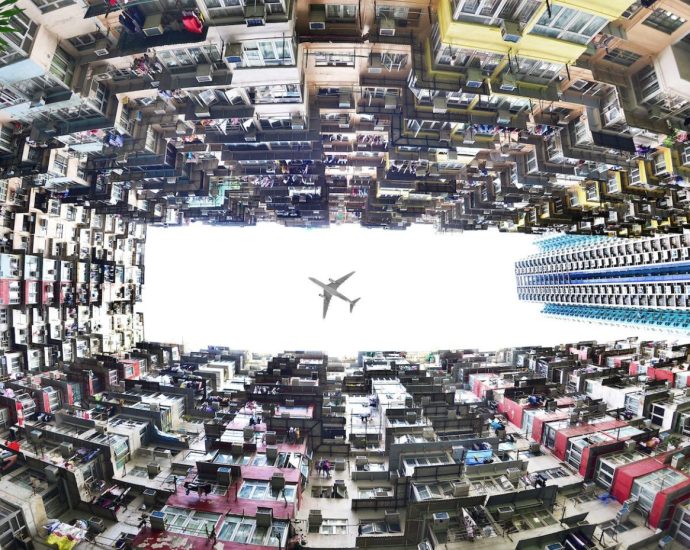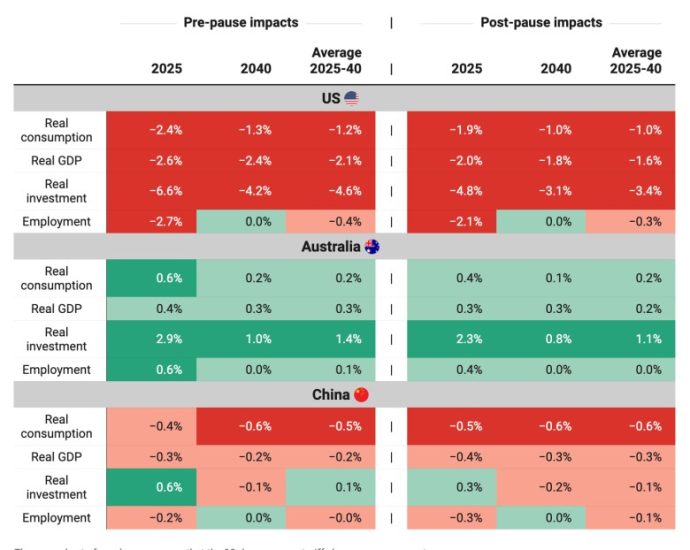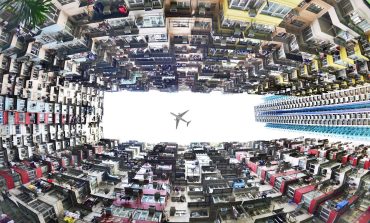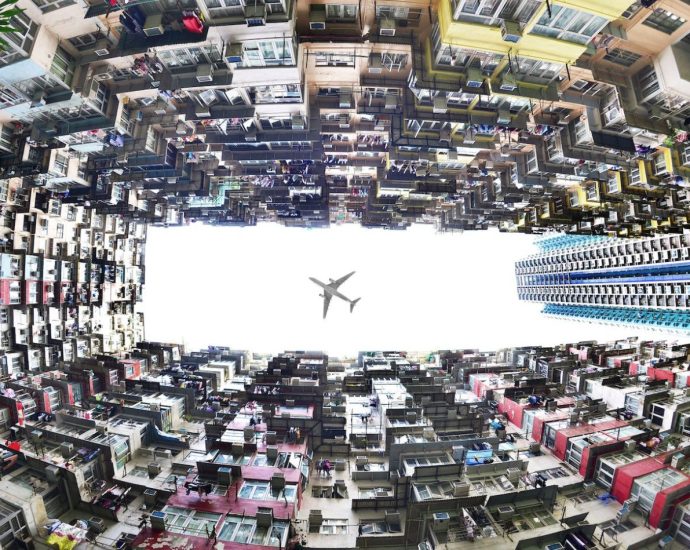US aircraft carriers adrift as China surges at sea – Asia Times
Production delays, rising threats and shrinking numbers are putting the US’s traditional aircraft carrier dominance on a knife’s edge just as China surges ahead at sea.
This month, in a hearing before the US Senate Armed Services Committee, US Navy officials acknowledged schedule setbacks for two Ford-class aircraft carriers under construction.
The USS John F Kennedy (CVN-79), which is almost 95% finished, is under heavy pressure to meet its scheduled delivery date of July 2025. This pressure is mainly due to Advanced Weapons Elevators and the Aircraft Launch and Recovery Equipment issues.
While the initial design issues that plagued the class have been resolved, as demonstrated by the USS Gerald R Ford’s (CVN-78) successful 2024 deployment, production-specific hurdles continue to delay progress on CVN-79.
Meanwhile, construction of the USS Enterprise (CVN-80), currently 44% complete, is also running behind schedule.
The delay is attributed to late-sequenced critical material, which US Navy officials say will “significantly delay delivery past the contractual date.” The US Navy works closely with shipbuilder Huntington Ingalls Industries-Newport News Shipbuilding (HII-NNS) and critical path vendors to mitigate the schedule risks.
Although no updated delivery dates were given for either ship, the testimony emphasized that insights gained are being utilized to enhance operational efficiency in CVN-80 and the USS Doris Miller (CVN-81).
Despite the persistent construction obstacles, the US Navy is concentrating on reaching the quickest route to having a combat-ready aircraft carrier, crew and air wing.
Underscoring the urgency of having the CVN-79 and CVN-80 ready as soon as possible, Tal Manvel mentions in a February 2025 Proceedings article that the Nimitz-class carriers urgently need replacement as they approach decommissioning due to limitations in power, space and weight highlighted during a 1995 system analysis.
Manvel warns that retiring the USS Nimitz (CVN-68) in 2026 and the USS Dwight D. Eisenhower (CVN-69) in 2027—without promptly initiating the next Ford-class dual buy for CVN-82 and CVN-83—will reduce the fleet below the legally required 11 aircraft carriers and disrupt shipyard efficiency by creating a costly seven-year production gap.
Despite debates over their relevance, the US’s continued building of aircraft carriers ensures their place as a centerpiece of force projection, regardless of their growing vulnerability.
Underscoring the point, Mark Cancian and other writers mention in a January 2023 report for the Center for Strategic and International Studies (CSIS) think tank that the US lost two carriers in a simulation of a US-China conflict over Taiwan.
Further, Steve Balestrieri mentions in a March 2025 article for 1945 that while China and Russia have hypersonic missiles that can sink US carriers, the US has no effective defense against such weapons. Balestrieri adds that stealthy conventional submarines can evade a carrier’s defenses, possibly sinking the latter.
In line with those threats, Cancian and others note that the US only avoided losing its carriers in optimistic Taiwan war scenarios when it didn’t push its fleet forward as a deterrent signal. Nevertheless, US carriers may still have a role to play in such a conflict, provided they are kept out of harm’s way.
In a February 2022 article for The American Sea Power Project, Thomas Mahnken proposes that carriers could be part of an “outside force” in the Second Island Chain that acts as a strategic reserve to prevent China from projecting power beyond the First Island Chain while supporting US offensive operations.
Alternatively, Trevor Phillips-Levine and Andrew Tenbusch mention in a July 2024 article for the Center for International Maritime Security (CIMSEC) that the US could use its carriers as a “fleet-in-being” decoy to tie down significant Chinese resources and weapons that could otherwise be used against the US in a war over Taiwan.
While the US may have the world’s largest carrier fleet at 11 ships, that number might not be enough for great power competition with China. Kyle Mizokami mentions in a March 2021 article for Popular Mechanics that during the Cold War, the US had 13 to 15 carriers, compared to today’s minimum mandated strength of 11 ships.
Mizokami points out that the rule of thirds typically governs carrier deployments—one-third of the fleet is on patrol, one-third is returning from patrol, and one-third is undergoing repair and maintenance. With the US having just 11 carriers, he says four might be available for operations, but that number could surge to five or six in an emergency.
As of April 2025, Newsweek reports that the US has three carriers deployed in the Pacific: the USS George Washington (CVN-73), based in Japan; the USS Nimitz (CVN-68), moving into the Western Pacific to replace the USS Carl Vinson (CVN-70); and the USS Abraham Lincoln (CVN-72), operating in the Eastern Pacific.
Mizokami mentions that the US Atlantic and Pacific carrier fleets are already overstretched and that adding a 12th carrier could alleviate some of the strain. He also suggests that the US could decide that it doesn’t need carriers in certain regions all the time and scale down deployments, but that risks degrading deterrence against potential adversaries such as Iran and China.
But could the US put 12 carriers at sea? In an August 2024 article for The National Interest (TNI), Peter Suciu mentions that a Ford-class carrier costs around US$13.3 billion and requires hundreds of millions of dollars to maintain.
Suciu notes that carriers’ complexity and cost make them tempting targets, and if they were to be damaged or lost in combat, that would mean a waste of billions of dollars and seriously impair US force projection capabilities.
Moreover, a report from the US Congressional Research Service (CRS) from January 2025 indicates that although the US Navy plans to ultimately deploy 12 aircraft carriers as a part of its projected 381-ship battle force fleet, there are considerable obstacles to reaching and maintaining this target.
According to the report, the US Navy’s FY2025 30-year shipbuilding plan projects reaching 12 carriers in only three years within the FY2025–FY2054 timeframe—2025, 2029, and 2032—with the carrier fleet dropping to nine by 2047 in some scenarios. It notes that barriers include budget constraints, delays in ship construction and industrial base limitations.
While the US struggles with building and maintaining its carriers, China seems to be progressing apace.
Kris Osborne mentions in a March 2025 article for 1945 that China, with the world’s largest navy, now has three carriers in the Pacific and is building a fourth, the Type 004, which could be its first nuclear-powered carrier to rival or even be larger than the US Ford class.
Osborne notes that while China faces the same arguments regarding the utility of carriers in modern naval warfare, the construction of the Type 004 shows that it still sees these ships as relevant.
He mentions China’s development of ship-based defenses and intelligence, surveillance and reconnaissance (ISR) capabilities to detect incoming anti-ship missiles, underscoring its military planners’ belief that carriers could provide unique and extremely valuable advantages in war.


